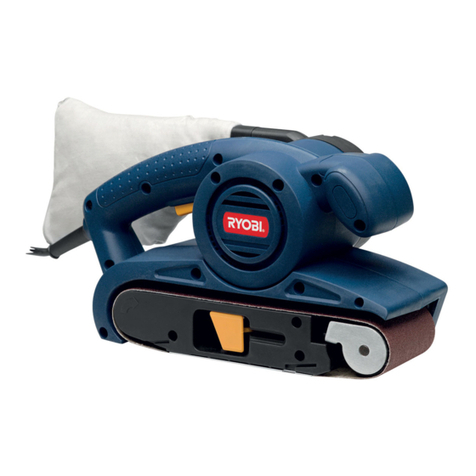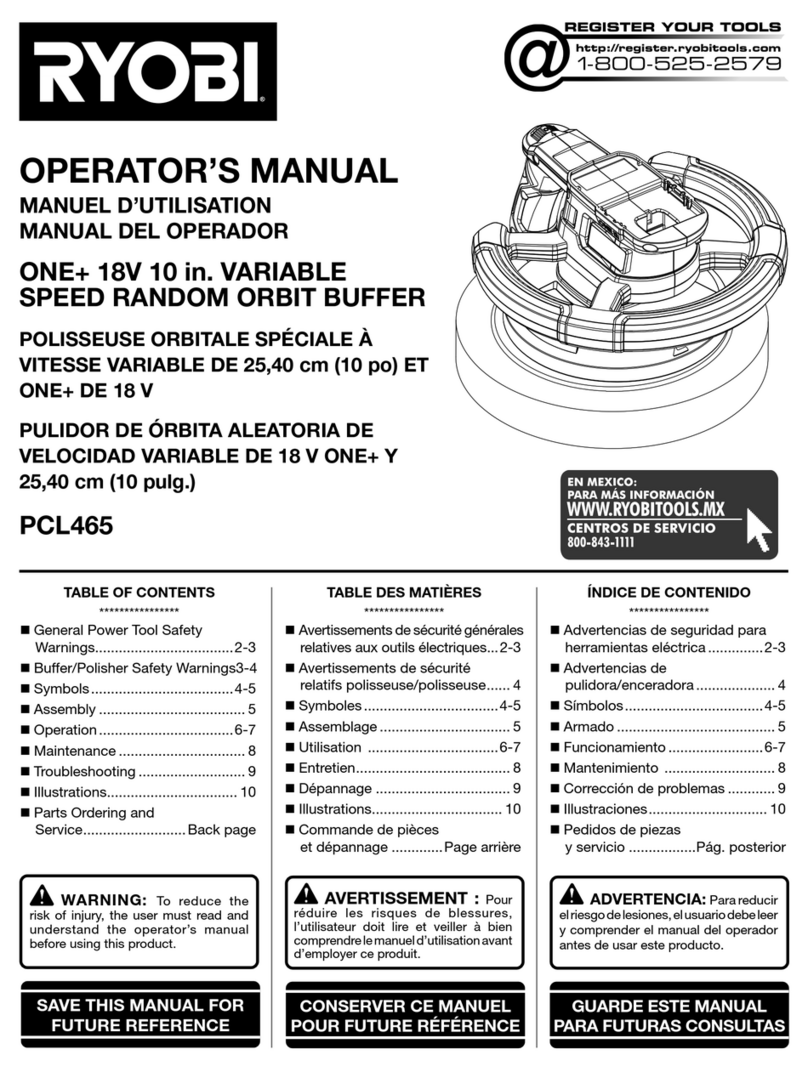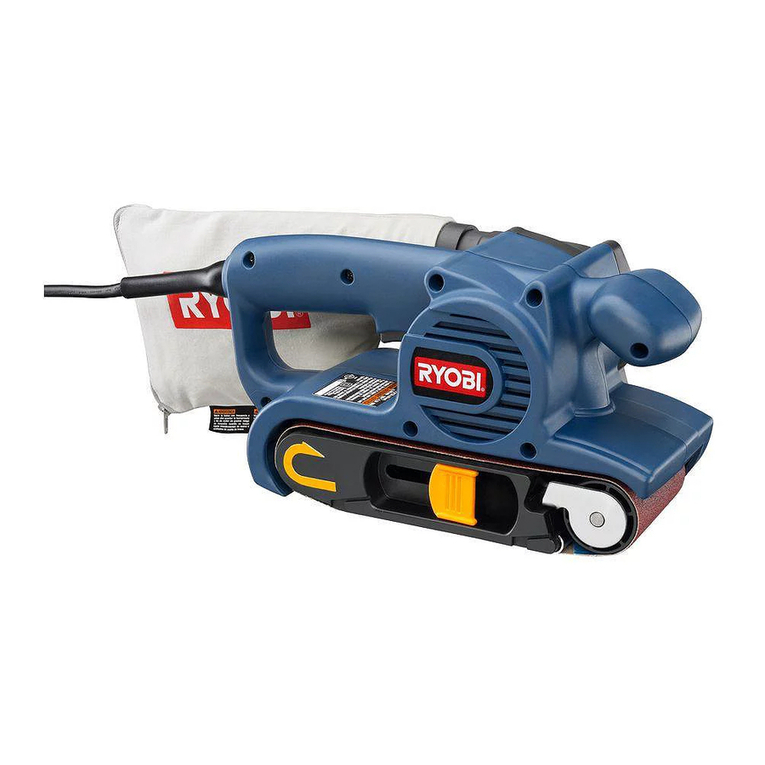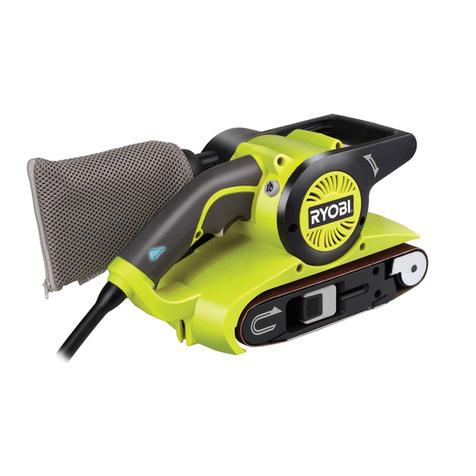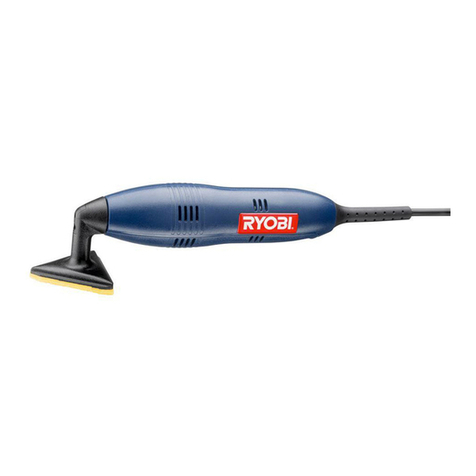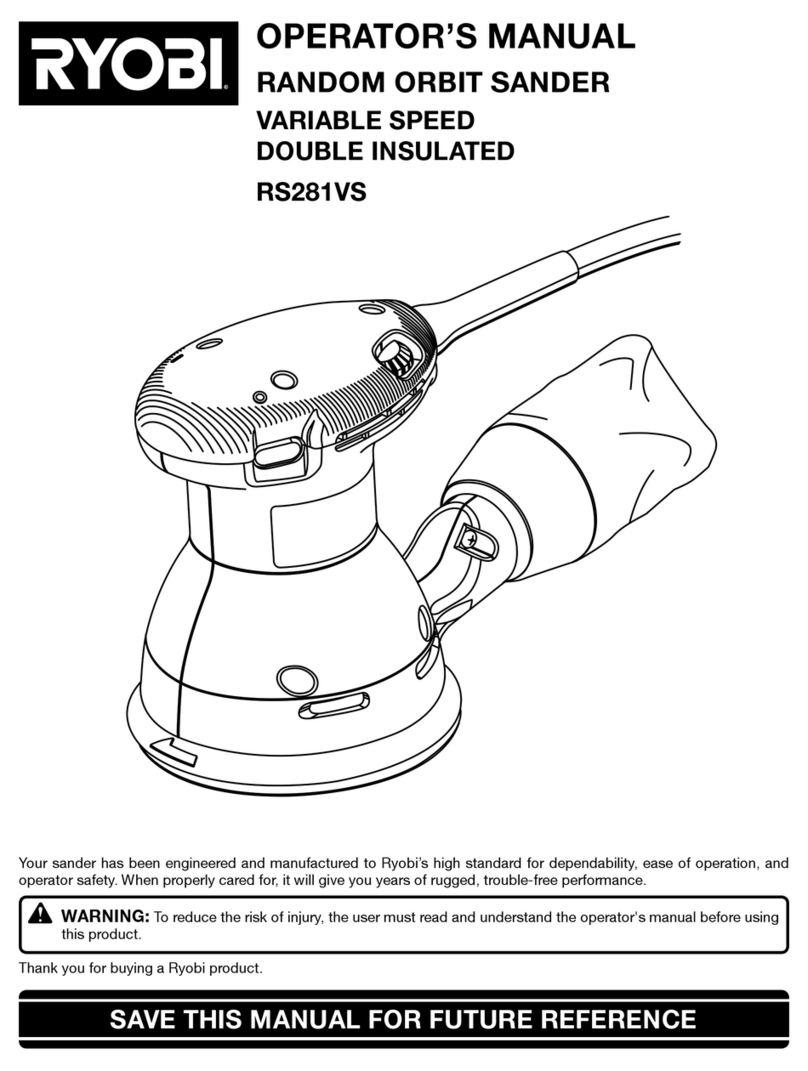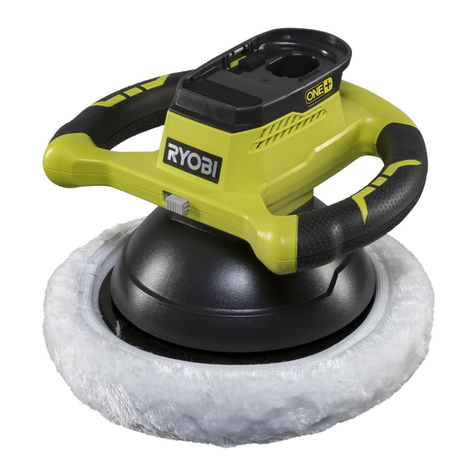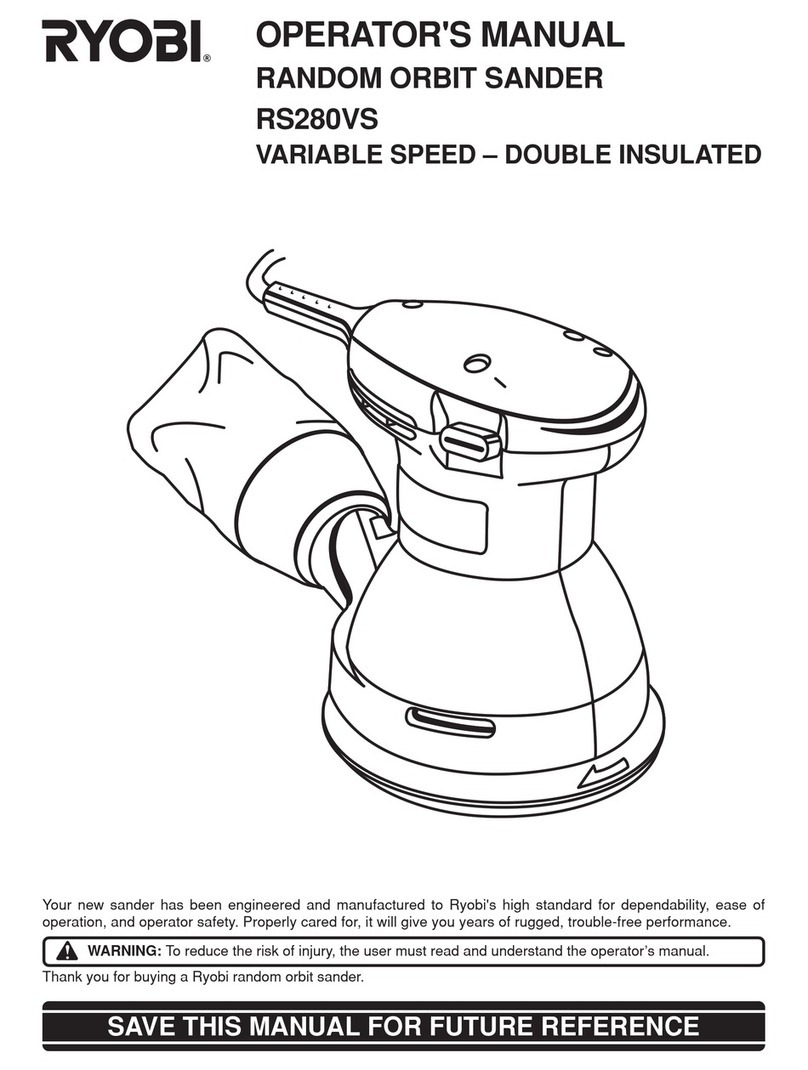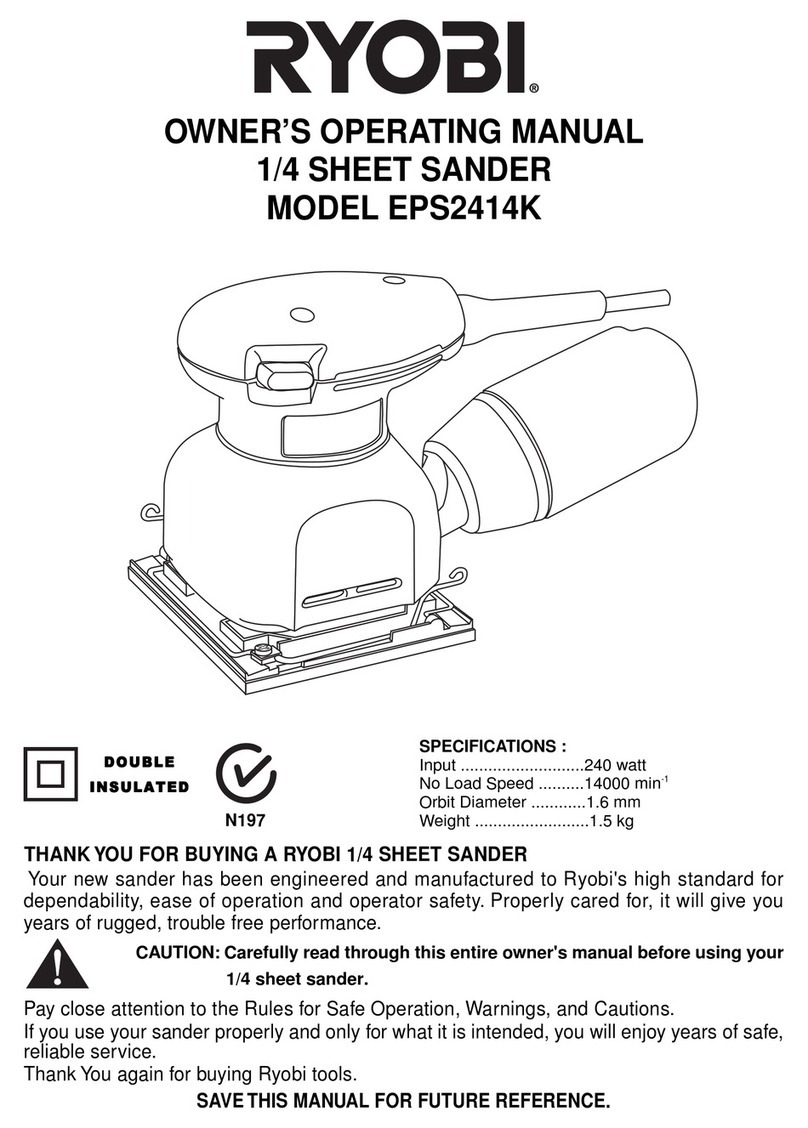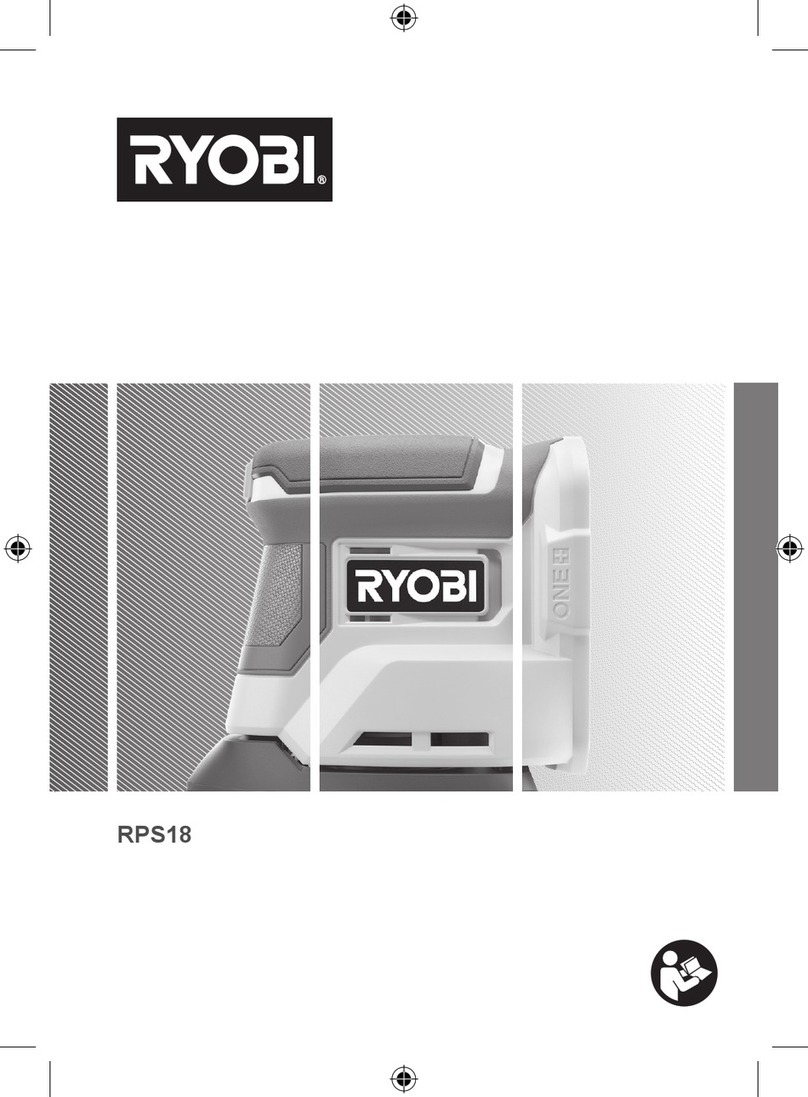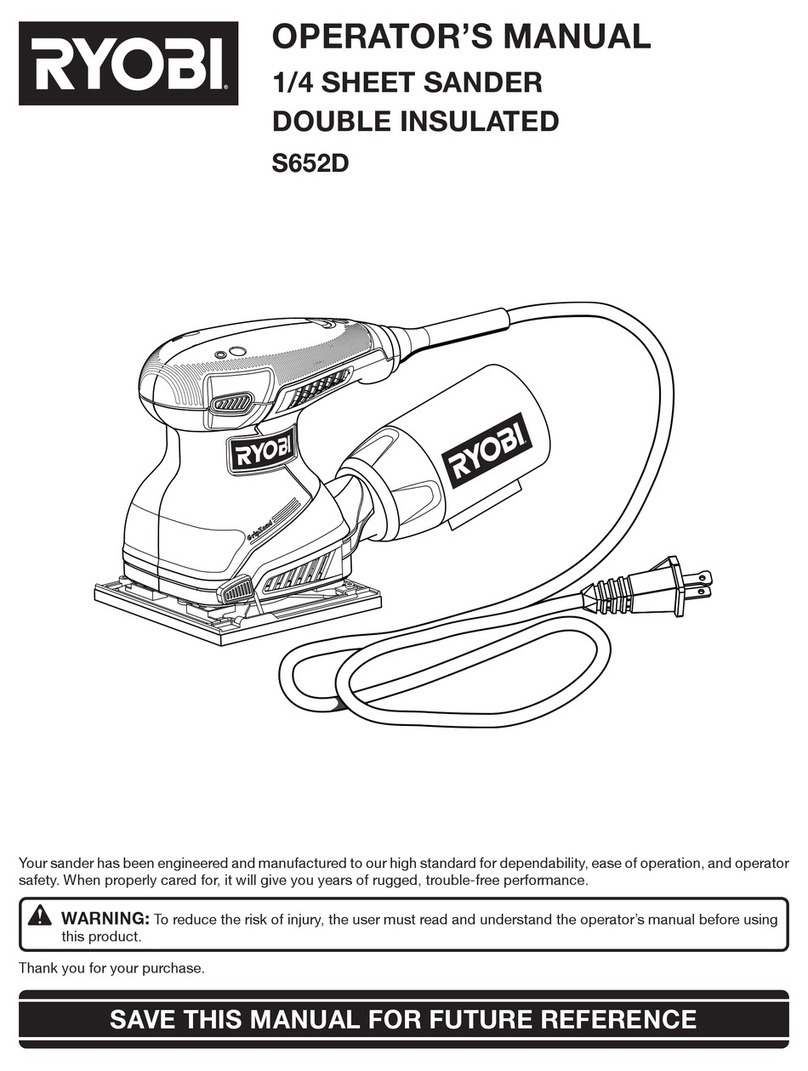1
English
GENERAL SAFETY RULES
This appliance is not intended for use by persons (including
children) with reduced physical, sensory or mental capa-
bilities, or lack of experience and knowledge, unless they
have been given supervision or instruction concerning use
of the appliance by a person responsible for their safety.
Children should be supervised to ensure that they do not
play with the appliance.
WARNING
Read all instructions. Failure to follow all instructions
listed below may result in electric shock, fire and/or
serious injury. The term “power tool’’ in all of the
warnings listed below refers to your mains operated
(corded) power tool or battery operated (cordless)
power tool.
SAFETY ALERT SYMBOL. Indicates caution or
warning. May be used in conjunction with other
symbols or pictures.
WARNING
Failure to obey a safety warning can result in seri-
ous injury to yourself or to others. Always follow the
safety precautions to reduce the risk of fire, electric
shock and personal injury.
WARNING
Do not attempt to operate this tool until you have
read thoroughly and understood completely safety
rules, etc. contained in this manual. Failure to com-
ply can result in accidents involving fire, electric
shock or serious personal injury. Save owners
manual and review frequently for continuing safe
operation and instructing others who may use this
tool.
The operation of any tool can result
in foreign objects being thrown into
your eyes, which can result in severe
eye damage. Before beginning
power tool operation, always wear
safety goggles or safety glasses with
side shields and a full face shield when needed. We recom-
mend Wide Vision Safety Mask for use over eyeglasses or
standard safety glasses with side shields.
WORK AREA
nKeep work area clean and well lit. Cluttered or dark
areas invite accidents.
nDo not operate power tools in explosive atmos-
pheres, such as in the presence of flammable
liquids, gases, or dust. Power tools create sparks
which may ignite the dust or fumes.
nKeep children and bystanders away while operat-
ing a power tool. Distractions can cause you to lose
control.
ELECTRICAL SAFETY
nPower tool plugs must match the outlet. Never
modify the plug in any way. Do not use any adapter
plugs with earthed (grounded) power tools. Unmodified
plugs and matching outlets will reduce risk of electric
shock.
nAvoid body contact with earthed or grounded
surfaces such as pipes, radiators, ranges and
refrigerators. There is an increased risk of electric
shock if your body is earthed or grounded.
nDo not expose power tools to rain or wet condi-
tions. Water entering a power tool will increase the
risk of electric shock.
nDo not abuse the cord. Never use the cord for car-
rying, pulling or unplugging the power tool. Keep cord
away from heat, oil, sharp edges or moving parts. Dam-
aged or entangled cords increase the risk of electric
shock.
nWhen operating a power tool outdoors, use an
extension cord suitable for outdoor use. Use of a
cord suitable for outdoor use reduces the risk of electric
shock.
nIf operating a power tool in a damp location is
unavoidable, use a residual current device (RCD)
protected supply. Use of an RCD reduces the risk
of electric shock.
PERSONAL SAFETY
nStay alert, watch what you are doing and use com-
mon sense when operating a power tool. Do not
use a power tool while you are tired or under the
influence of drugs, alcohol or medication.A moment
of inattention while operating power tools may result in
serious personal injury.
nUse personal protective equipment. Always wear
eye protection. Protective equipment such as dust
mask, non-skid safety shoes, hard hat, or hearing
protection used for appropriate conditions will reduce
personal injuries.
nPrevent unintentional starting. Ensure the switch
is in the off-position before connecting to power
source and/or battery pack, picking up or carrying
the tool. Carrying power tools with your finger on the
switch or plugging in power tools that have the switch
on invites accidents.
nRemove any adjusting key or wrench before
turning the power tool on. A wrench or a key left at-
tached to a rotating part of the power tool may result
in personal injury.


